Uncategorized
-
 Health & Medicine
Health & MedicineEpidemics have happened before and they’ll happen again. What will we remember?
A century’s worth of science has helped us fend off infectious pathogens. But we have a lot to learn from the people who lived and died during epidemics.
-
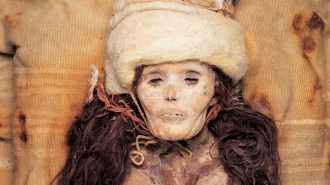 Genetics
GeneticsDNA from mysterious Asian mummies reveals their surprising ancestry
Ancient DNA indicates that an enigmatic Bronze Age group consisted of genetic, but not cultural, loners.
By Bruce Bower -
 Climate
ClimateEarth will warm 2.7 degrees Celsius based on current pledges to cut emissions
The world still lags on its commitments to lower greenhouse gas emissions and forestall the worst effects of global warming, a new U.N. report shows.
-
 Earth
EarthHere’s how ice needles sculpt patterns into cold, rocky landscapes
Striking stone patterns decorate remote, frigid landscapes. The recipe for these naturally forming stripes and swirls: Freeze, thaw, repeat.
By Beth Geiger -
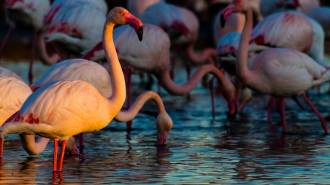 Animals
AnimalsFlamingos dye their sun-faded feathers to stay pretty in pink
During mating season, flamingos rub a makeup-like rouge on their necks to catch the eye of the opposite sex. They don’t bother once chicks are born.
-
 Archaeology
ArchaeologyLidar reveals a possible blueprint for many Olmec and Maya ceremonial sites
An Olmec site forged a building plan more than 3,000 years ago for widespread Olmec and Maya ritual centers across Mexico’s Gulf Coast.
By Bruce Bower -
 Astronomy
AstronomyAstronomers may have spotted the first known exoplanet in another galaxy
The spiral-shaped Whirlpool galaxy may be the host of the first planet spotted outside of the Milky Way.
-
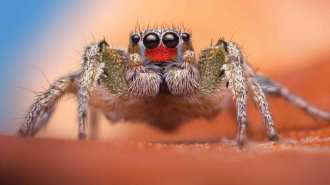 Animals
AnimalsJumping spiders’ remarkable senses capture a world beyond our perception
Clever experiments and new technology are taking scientists deep into the lives of jumping spiders, and opening a portal to their experience of the world.
By Betsy Mason -
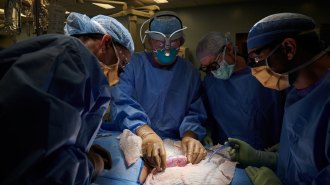 Health & Medicine
Health & MedicineWhat does the first successful test of a pig-to-human kidney transplant mean?
For the first time, a pig organ was successfully attached to a human patient. It’s a step toward vastly increasing the supply of organs.
-
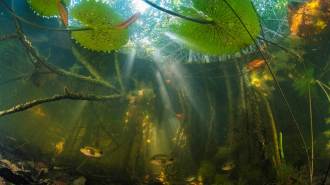 Life
LifeHow these sea-loving mangroves ended up far from the coast
On the Yucatán Peninsula, mangroves trapped nearly 200 kilometers from the ocean are part of a “relict ecosystem” that’s more than 100,000 years old.
-
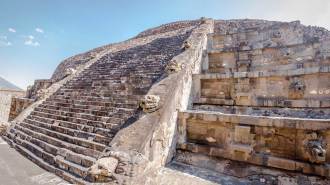 Anthropology
AnthropologyLasers reveal construction inspired by ancient Mexican pyramids in Maya ruins
Archaeologists have uncovered structures in Guatemala that are remarkably similar to La Ciudadela and its temple at the ancient city of Teotihuacan.
-
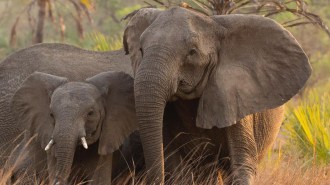 Animals
AnimalsTuskless elephants became common as an evolutionary response to poachers
After poachers tore through a Mozambican elephant population, tuskless females tripled in number as humans altered the species’s evolutionary trajectory.
By Jake Buehler